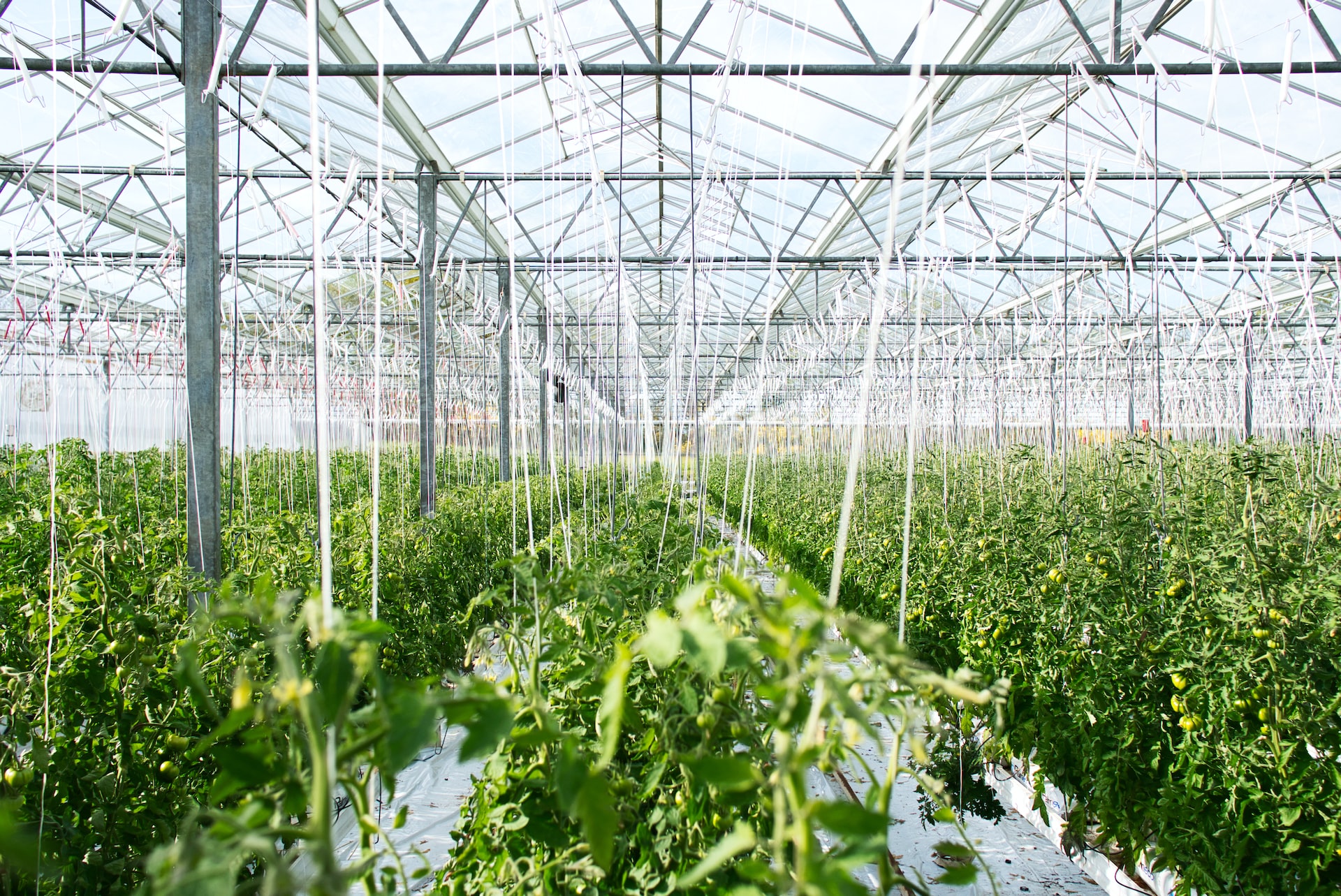Solar Energy, Biodiversity and Land Use
Assess the solar potential of a site to determine the feasibility of a solar energy project. Consider factors such as the amount of sunlight, topography, and shading. Design solar energy systems to minimize environmental impacts. Consider factors such as land use, wildlife habitat, and water resources. Use renewable energy certificates (RECs) to verify the environmental benefits of solar energy projects. Use efficient and durable solar panels and inverters to minimize the environmental impacts of manufacturing and disposal. Monitor the performance of solar energy systems to ensure optimal energy production and identify opportunities for improvement.
Conduct biodiversity assessments to identify the presence of endangered or threatened species, habitat types, and ecosystem services. Avoid or minimize impacts to critical habitats, such as wetlands, riparian areas, and old-growth forests. Incorporate biodiversity conservation into land-use planning and management, including the restoration of degraded habitats. Implement biodiversity-friendly agricultural practices, such as conservation tillage, integrated pest management, and crop rotation. Use sustainable forestry practices, such as selective logging, mixed-species forestry, and ecosystem-based management.
Conduct a land-use analysis to identify the most appropriate uses for a site, based on its natural, cultural, and economic characteristics. Avoid or minimize impacts to sensitive or protected areas, such as wetlands, riparian areas, and cultural sites. Implement low-impact development practices, such as green roofs, permeable pavements, and rain gardens, to reduce the environmental footprint of development. Encourage compact and mixed-use development to reduce the need for automobile travel and preserve open space. Incorporate public participation into land-use planning to ensure that the needs and concerns of local communities are addressed.
By incorporating biodiversity-friendly practices into solar park design and management, we can help to enhance worldwide biodiversity, protect endangered animals and plant species, support soil regeneration, and restore disrupted ecosystems. In doing so, we can not only generate clean and renewable energy but also contribute to a healthier and more sustainable planet.
Agrisolar systems offer a promising solution to the challenges of land use and energy production. They enable a more efficient use of land, protect crops, and even restore biodiversity. By working with local communities and incorporating sustainable agriculture practices, we can create a more sustainable and equitable future for all.






Richard Ciliers
Dec 28, 2022It is also important to recognize the cultural significance of biodiversity and land use, particularly in indigenous and traditional communities. These communities have a deep understanding of the natural world and its interconnectedness with human well-being, and their knowledge and practices can provide valuable insights for sustainable land use and biodiversity conservation.
replyMike Dooley
Feb 3, 2023By taking a holistic and integrated approach to land use and biodiversity conservation, we can promote a healthy and sustainable environment for both humans and wildlife, while also recognizing the cultural significance of biodiversity and land use.
reply